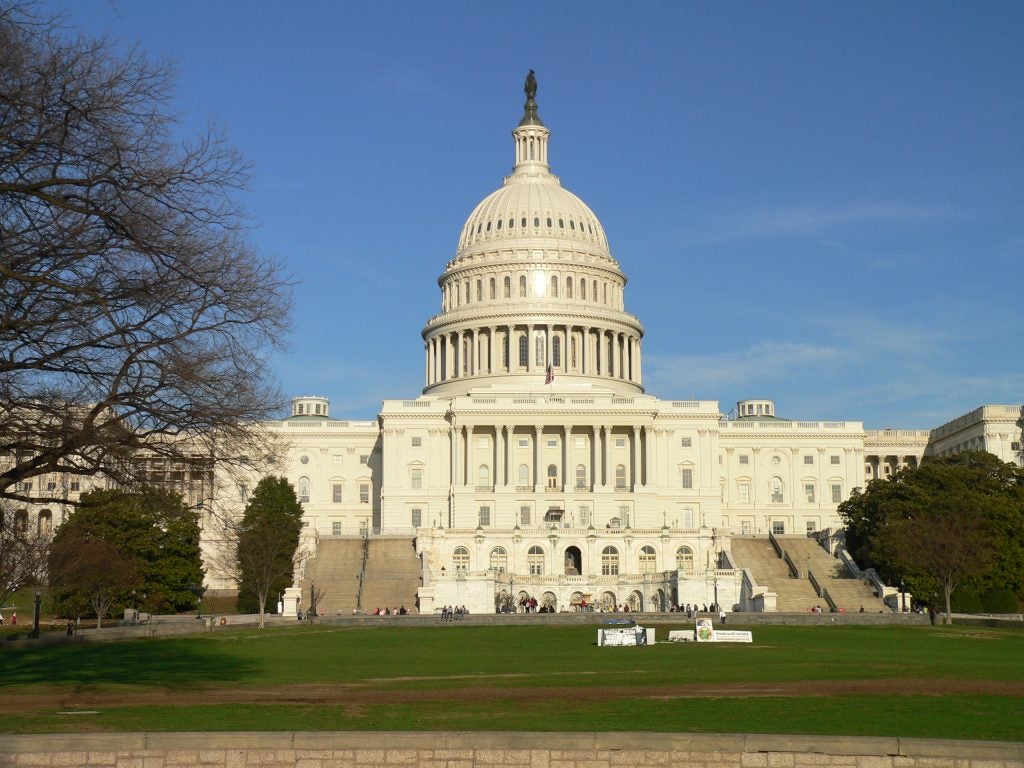
Photo Credit: John Williams
Through the process known as budget reconciliation, Congress is now crafting a bill that could include significant investments in climate action that will drive economic and job growth. There are going to be a lot of moving parts over the next few weeks, which is why EDF will be weighing in regularly in this space to help break down what’s happening, and why it matters.
Want a primer on the key issues EDF will be watching? Read all about them here.
Dec. 13: Build Back Better Act moves through the Senate; White House releases new Executive Order building on climate investments
The Build Back Better Act continued its march through the Senate last week, with several key sections of the legislation going through the process of being vetted for final passage. We’re hearing a final vote may be scheduled as soon as December 20.
But even as we wait for the Build Back Better Act to move through the Senate, the White House is not hesitating to act on the climate crisis. Last Wednesday, President Biden signed an Executive Order on Catalyzing Clean Energy Industries and Jobs through Federal Sustainability and released a Federal Sustainability Plan detailing the government’s plan to “walk the talk” on clean energy. Read More
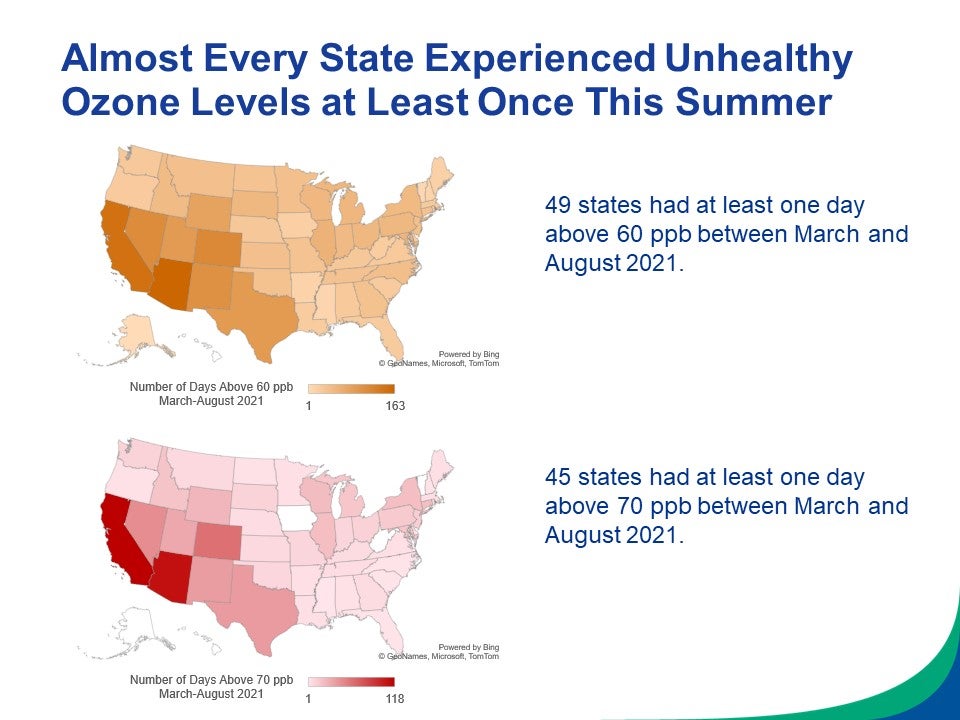
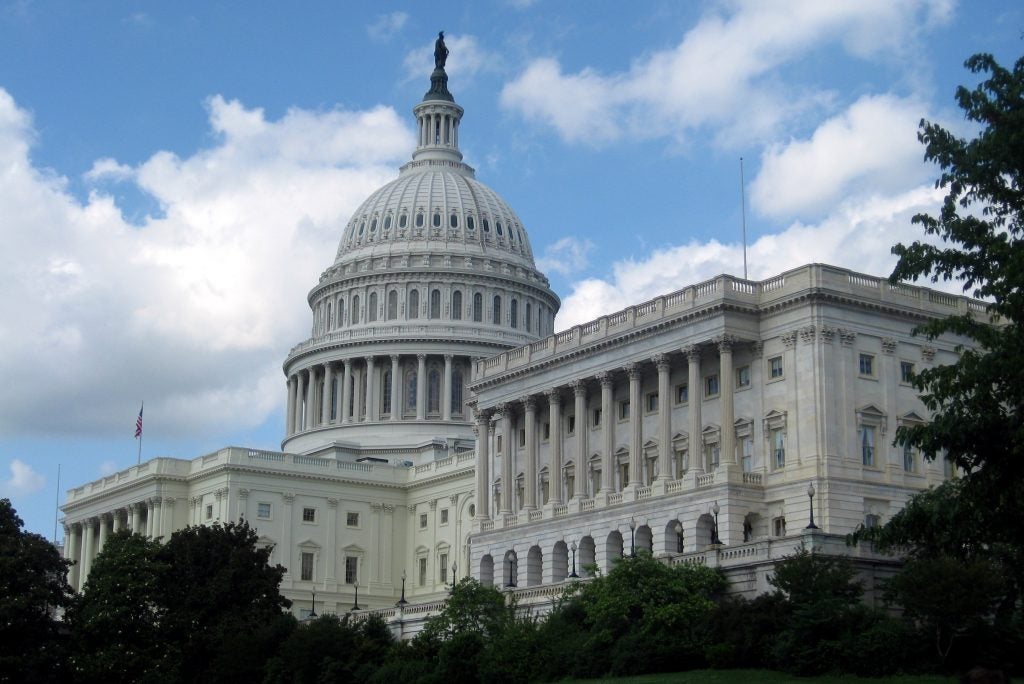
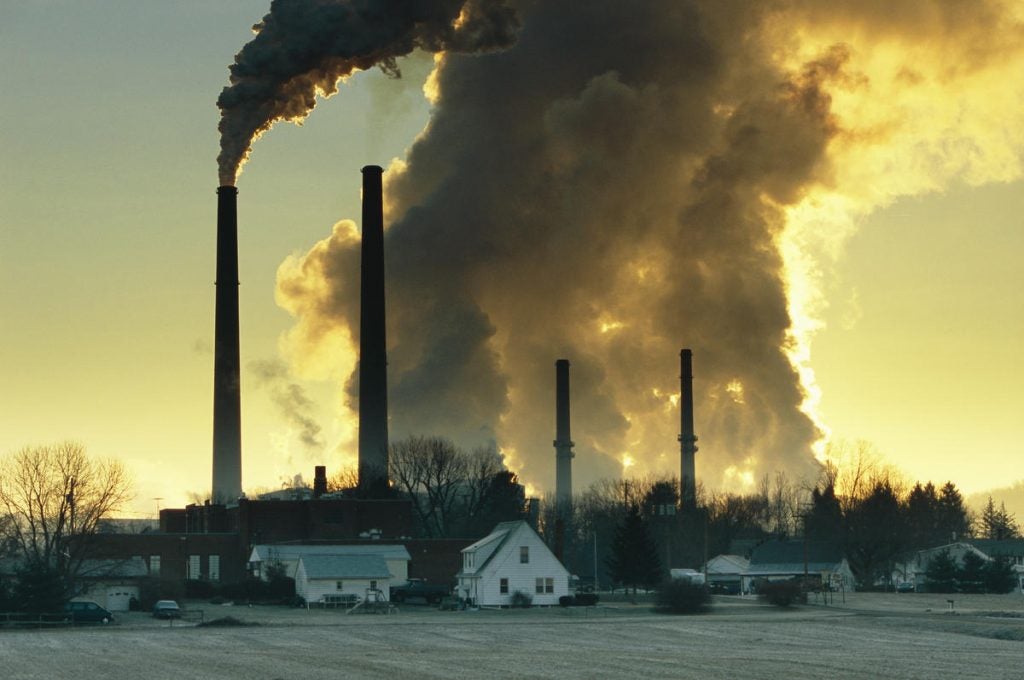
 California just moved further down the road toward cleaner cars and vital air pollution reductions.
California just moved further down the road toward cleaner cars and vital air pollution reductions.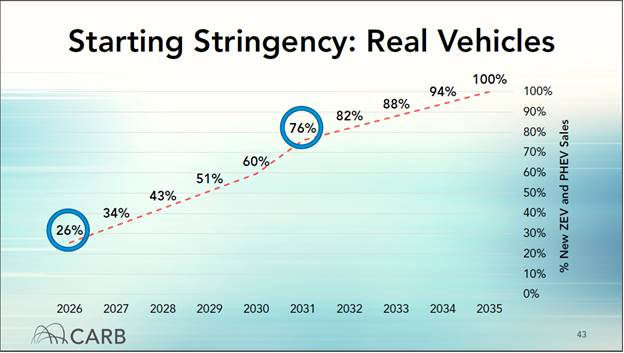
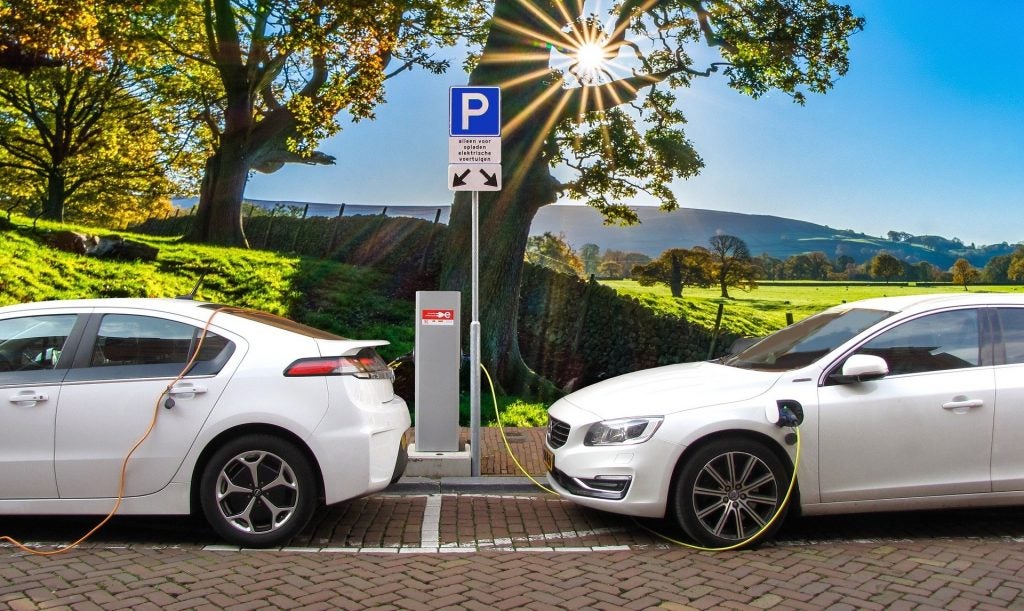 If you watched any major televised sporting events this year, from the NCAA Final Four to the Super Bowl, you saw
If you watched any major televised sporting events this year, from the NCAA Final Four to the Super Bowl, you saw